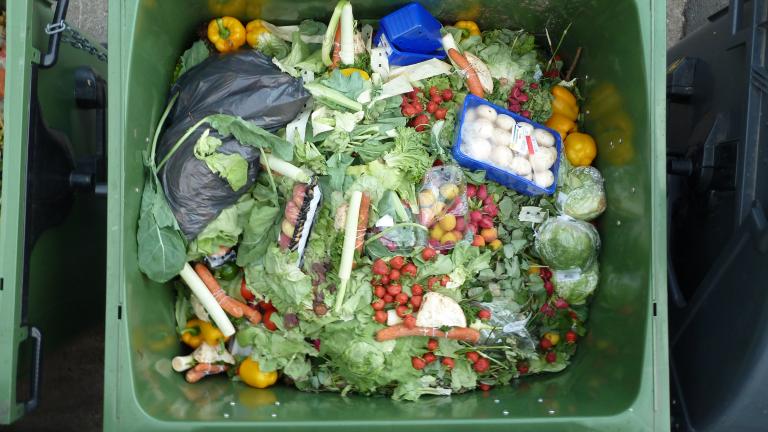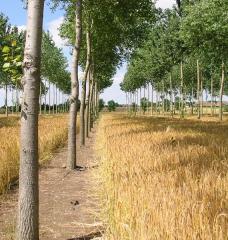
How can it be that 13% of the world’s people are hungry while 33% of food that’s produced isn’t available for consumption? If that weren’t outrageous enough, consider that food not available for consumption generates 4.4 gigatons of CO2/year. That makes “food waste” the world’s third largest Greenhouse Gas emitter, after China and the US. What is going on!?
Though it turns out that food waste is an issue in both high- and low-income countries, the causes look starkly different, depending on where you live. Yup, you probably guessed it. In low-income nations, causes are mostly unintended and link closely to missing or poor infrastructure (e.g., storage or transportation networks). Breakdowns typically happen early in the chain of activities from farm to table. Contrast that to higher income nations where much of food waste is willful and happens much closer to table. Whether it’s a retailer or consumer rejecting food because of its looks, or people not paying attention to what portion that can really eat or prepare, few experience much guilt when it comes to food waste. Given the GHG implications, they ought to!
What do you see as the top reasons for food waste in your country?
What can be done??
[Further reading: Drawdown, pp.42-43]






